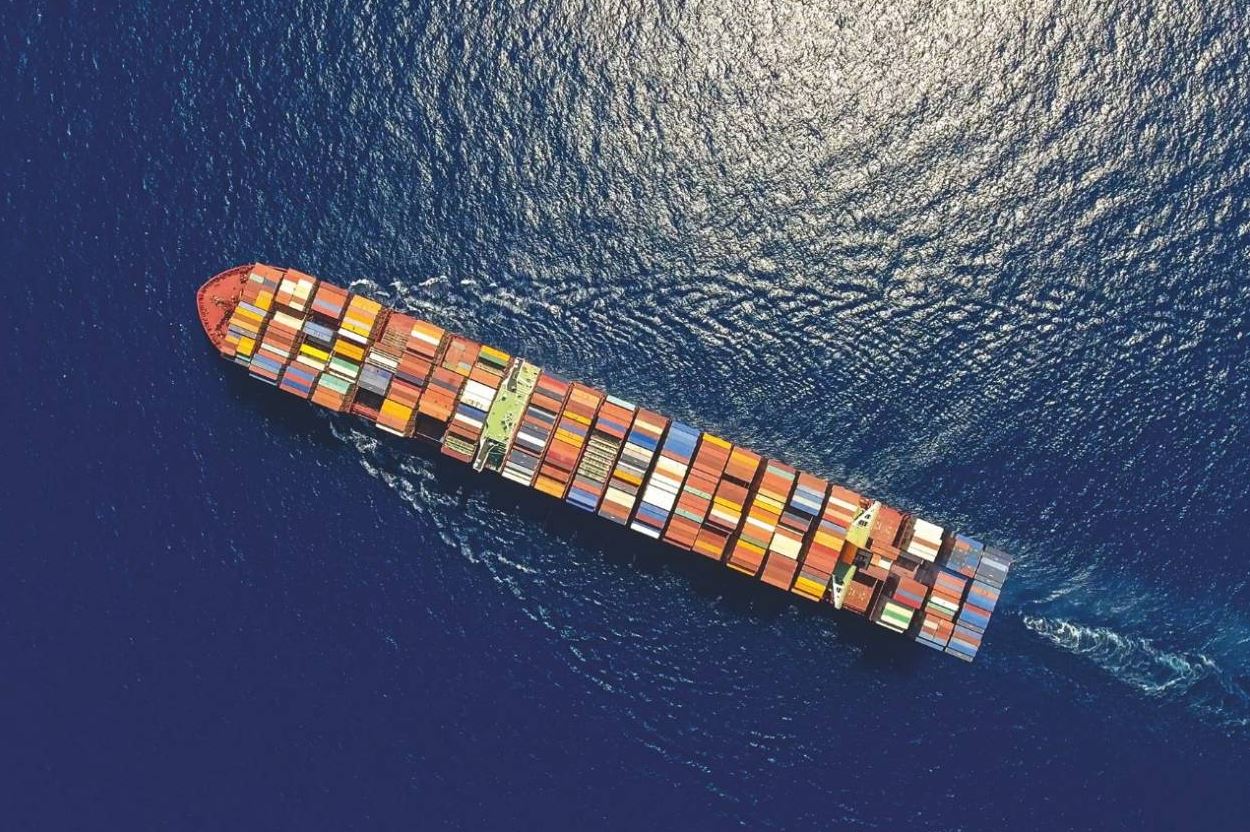Germany’s Hapag-Lloyd has ordered six ultra large LNG-powered container vessels at South Korea’s Daewoo Shipbuilding & Marine Engineering.
The order for the 23,500+ TEU vessels has a price tag of about $1 billion and Hapag-Lloyd said it already secured the financing.
Additionally, Daewoo will deliver the giant LNG-powered ships between April and December 2023.
Hapag-Lloyd will deploy the ships on the Europe – Far East routes as part of The Alliance, a shipping consortium consisting of the German liner, ONE, Yang Ming, and HMM.
The new vessels would “significantly increase Hapag-Lloyd´s competitiveness in this trade,” the liner said.
Furthermore, the vessels will feature dual-fuel engines with LNG as the main fuel, but with sufficient tank capacity to operate on conventional fuel.
“With the investment in six ultra large container vessels we will not only be able to reduce slot costs and improve our competitiveness on the Europe – Far East trade, but also take a significant step forward in modernizing our fleet. Additionally we will further reduce our environmental impact,” Rolf Habben Jansen, CEO of Hapag-Lloyd said.
Huge boost for LNG as fuel
This order gives a huge boost to the LNG fueling industry as ship owners opt for chilled fuel to comply with the new IMO standards and slash emissions.
Hapag-Lloyd joins its peer CMA CGM that already operates four ultra large LNG-powered container vessels and will take delivery of five more from Chinese yards.
The CMA CGM 23,000 TEU giants currently hold the title of the world’s largest LNG-powered vessels. But Hapag-Lloyd’s could be even bigger, at least looking at the TEU size.
However, the German liner did not provide any specific information on the size of the LNG tank or the dual-fuel engines.
Also, this is not the first move in the LNG fueling segment for Hapag-Lloyd as the firm is already finalizing conversion works on its ultra-large containership Sajir.
China’s Huarun Dadong should soon complete the conversion of the 15,000 TEU Sajir.
Hapag-Lloyd claims the conversion is the first ever retrofit of a large containership to LNG fuel.

